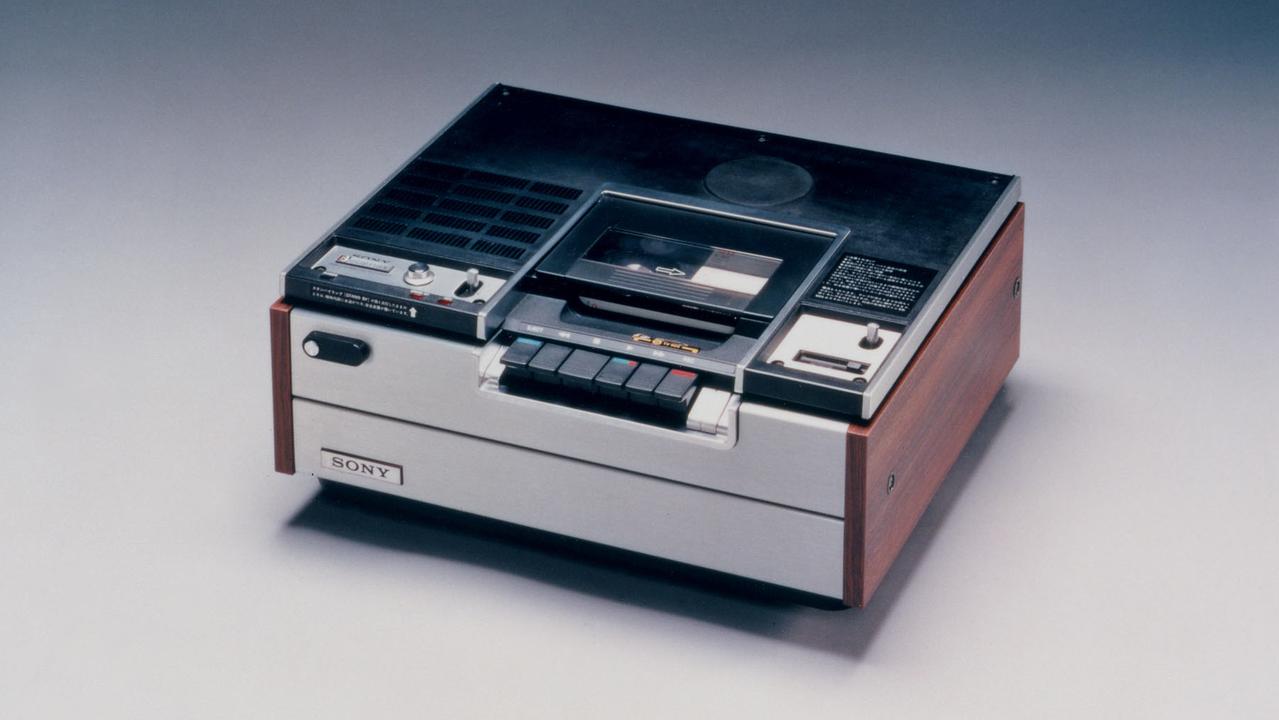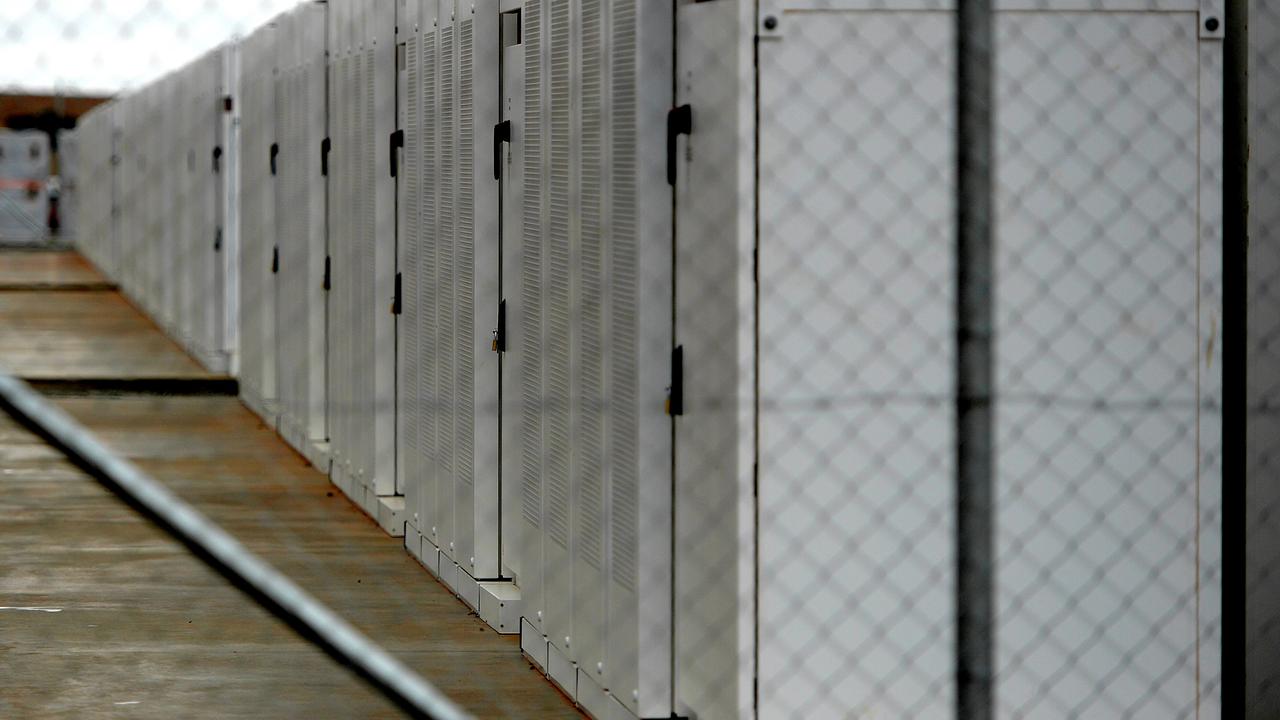Why the current lithium boom could be replaced by the next big thing
- 6:00AM MAY 25, 2024
- 26 COMMENTS
Investing in groundbreaking technologies such as electric vehicles and lithium-ion batteries is a high-stakes game, often yielding results which fail to live up to their hype.
From the early automotive boom and commercial flight to the television industry, history is littered with demonstrations of innovations which revolutionised industries, improved the quality of life for billions of people and even changed the course of human history – and yet the financial returns were far less spectacular.
For example, the commercial aviation industry, in aggregate, has been profitless for more than a decade and has incurred substantial losses over the past five years, according to IATA data. That’s despite its essential role in connecting people around the world.
Sure, the pandemic influenced more recent results but, in aggregate, they weren’t profitable before that over long time periods.
Another example is the motor vehicle. Had you been in Germany in the late 1800s when Berta Benz “borrowed” Karl Benz’s first horseless carriage for a bit of a jaunt to a nearby town, you might have picked it would change the course of human history. But even if you had subsequently invested in any of the almost 2000 car manufacturers which emerged in the US, you likely would have lost all your money. None that exist today, except newest kid on the block Tesla, are profitable and weren’t bailed out by the government or private equity.
And what of cassette tapes, floppy discs, VHS tapes, film cameras and DVDs? As one very wise Saudi oil minister once observed: “The Stone Age didn’t end for a lack of stones.” No, we simply moved on to superior technologies.
READ MORE: Patriot Battery Metals taps market for further drilling opportunities | Interest rate concerns? You’re looking the wrong way | How to handle market correction if it hits | Heresy to some but Tesla may just be another car company | Why everything points to small caps outperforming this year |I believe, the case of lithium-ion (Li) batteries, which is central to the EV revolution, is only the most recent illustration of this dynamic. And there will be a steady stream of them in your lifetime.
While Li battery technology has catalysed significant advances in energy storage, investors should not believe it will dominate our lives in 10 or 20 years’ time.
Many years ago, legendary investor Warren Buffett explained that the key to successful investing was putting together a portfolio of businesses whose earnings march upward over the years. The market value of the portfolio will do likewise.
But how can we confidently dismiss the idea that a new, more effective or disruptive technology won’t emerge that disrupts the current leaders? How can we know which technology will win the race in a competitive environment?
We need to be able to have some idea about how the competitive landscape will play out to be confident about which companies will see their earnings grow.
Technology, especially the technology surrounding Earth’s decarbonisation, is fluid, and that’s putting it mildly. New competitors are constantly emerging. Given the incentives and the millions of people working on the problem, newer, faster and superior technology is almost certain.
One notable recent contender is sodium-ion battery technology, which promises to disrupt the dominance of Li batteries.
Natron Energy, founded in 2013, claims to be at the forefront of a shift in accepted scalable solutions to decarbonisation. At its new facility in Michigan, the company has transitioned from laboratory research to commercial-scale production of sodium-ion batteries. This development marks the first commercial-scale production of sodium-ion batteries in the US, and may yet make it a key player in the energy storage market.
I recently learned sodium-ion batteries offer several advantages over their lithium-ion counterparts, including faster recharge rates and a significantly longer life cycle which is estimated at 50,000 cycles before material capacity loss.
Additionally, their nonflammable and stable chemistry enhances safety, making them suitable for various applications, such as data centres and EV charging stations.
Moreover, unlike lithium, which is the primary component of these batteries, sodium, is abundant and less environmentally taxing to extract than lithium. This abundance reduces supply chain risks and the environmentally dubious claims of lithium mining.
Meanwhile, it’s available in countries which aren’t under a cloud of authoritarian regimes, potentially stabilising prices, which in turn supports broader technology adoption.
By contrast, lithium extraction is geographically concentrated and environmentally intensive – often leading to higher prices that intermittently stifle EV production as well as demand.
According to Natron, its batteries which use patented Prussian blue electrodes, store and transfer sodium ions efficiently, enabling rapid charge and discharge rates. Despite having a lower energy density (70 Wh/kg) compared to lithium-ion batteries (which perhaps renders them inferior to present technology in EVs), their fast charge-discharge capability makes them ideal for specific stationary uses.
As production scales up at Natron’s US facility, in order to expand into other industrial power markets such as telecommunications and EV fast-charging, investors may be witnessing a shift in technology adoption from the ground floor. And if the “new, new thing” rises, the share price of old tech incumbents will fall.
It strikes me that sodium-ion technology is but merely another early challenger to lithium-ion batteries in the evolving energy storage landscape, convincing me that picking a winner is extremely difficult.
Green energy storage may be certain but how the landscape evolves and settles is anyone’s guess.
The latest advances in battery storage technology and the emergence of sodium-ion batteries underscore the importance of being cautious when fads and irrational exuberance surround technology investments.
Investors must understand that today’s market leaders are highly likely to be supplanted by tomorrow’s innovators and their innovations.
Roger Montgomery is founder and chief investment officer at Montgomery Investment Management
- Forums
- ASX - By Stock
- LKE
- LKE Strategic Partner
LKE Strategic Partner, page-332
-
-
- There are more pages in this discussion • 112 more messages in this thread...
You’re viewing a single post only. To view the entire thread just sign in or Join Now (FREE)
Featured News
Add LKE (ASX) to my watchlist
 (20min delay) (20min delay)
|
|||||
|
Last
4.0¢ |
Change
0.002(5.26%) |
Mkt cap ! $66.74M | |||
| Open | High | Low | Value | Volume |
| 3.8¢ | 4.1¢ | 3.8¢ | $296.0K | 7.491M |
Buyers (Bids)
| No. | Vol. | Price($) |
|---|---|---|
| 1 | 34999 | 4.0¢ |
Sellers (Offers)
| Price($) | Vol. | No. |
|---|---|---|
| 4.1¢ | 348985 | 7 |
View Market Depth
| No. | Vol. | Price($) |
|---|---|---|
| 1 | 34999 | 0.040 |
| 8 | 780204 | 0.039 |
| 29 | 2155654 | 0.038 |
| 20 | 2334622 | 0.037 |
| 24 | 1855029 | 0.036 |
| Price($) | Vol. | No. |
|---|---|---|
| 0.041 | 328985 | 6 |
| 0.042 | 1084072 | 10 |
| 0.043 | 148131 | 3 |
| 0.044 | 1268111 | 10 |
| 0.045 | 1051087 | 7 |
| Last trade - 16.10pm 12/07/2024 (20 minute delay) ? |
Featured News
| LKE (ASX) Chart |
 An aerial view of lithium mine brine ponds and processing areas of Chilean company SQM. Picture: AFP
An aerial view of lithium mine brine ponds and processing areas of Chilean company SQM. Picture: AFP So who remembers the video cassette recorder, much less the supposedly superior technology of Betamax?
So who remembers the video cassette recorder, much less the supposedly superior technology of Betamax? Tesla lithium-ion batteries at the Hornsdale wind farm near Jamestown in South Australia. Picture: Bernard Humphreys
Tesla lithium-ion batteries at the Hornsdale wind farm near Jamestown in South Australia. Picture: Bernard Humphreys









